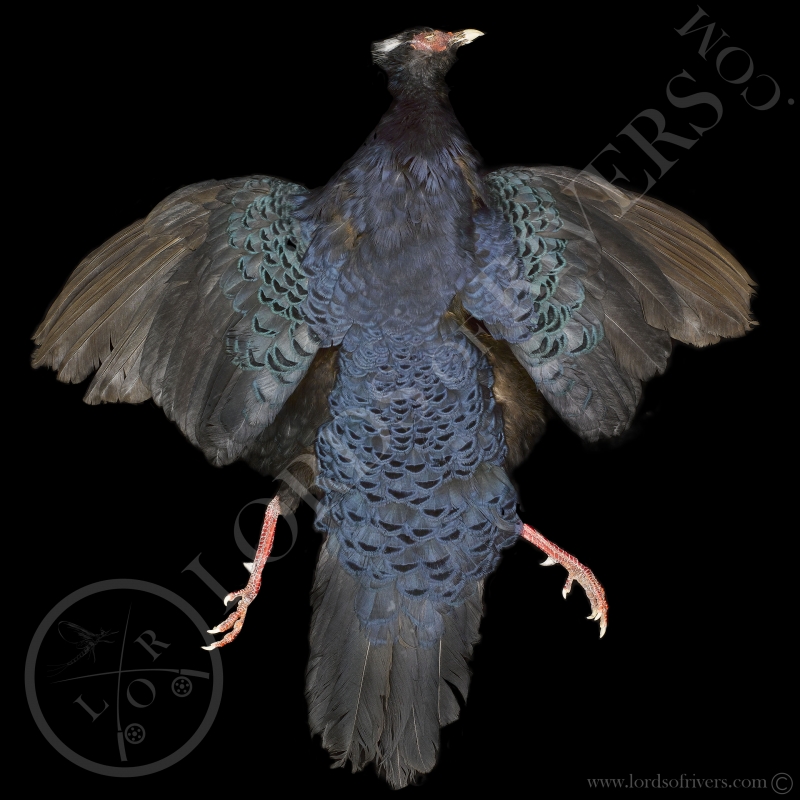- Out-of-Stock




Edwards's Pheasant - Full Skin - Lords Of Rivers
Lophura edwardsi
The images are those of the bird you will receive!
|
Prepared in the land of strikes |
|
sold with Certificate/CITES |
Edwards's Pheasant - Full Skin - Lords Of Rivers
Lophura edwardsi
Skin prepared by a master taxidermist in France - The mastery of this artisan guarantees you a perfectly prepared product.
Dear customer, if you live out of Europe, please create your account and indicate a valid address ,then prices will appear without French VAT ,so a discount of 20%.
The Edwards's Pheasant is a bird that one might think unattractive because of its dark color, impression quickly swept away by the discovery of its true nature and its extraordinary plumage made of metallic reflections going from the night blue to the deep emerald green.
It is a short-tailed forest bird, endemic to the tropical forests of Vietnam, a time considered extinct before rediscovering a few individuals in the center forests.
Father Renauld, a French missionary in Annam, discovered this species in 1895 in the mountains of the province of Quang Tri, about thirty kilometers northwest of Hue in Vietnam. He sent four naturalized specimens to the Paris Museum, according to which Oustalet made his description. Twenty-eight years passed before we hear about the pheasant again and no living specimens were imported until 1924 when Jean Delacour brought back 15 individuals of his first expedition to Indochina.
Unfortunately the Edwards's Pheasant is on the list of the 100 most endangered species in the world established by IUCN in 2012.
Find a specimen like this one is exceptional as this bird is rare and protected.
Any victorian fly tyed with these feathers has a special character as these feathers are rare.
The skin is delivered in a mail box 70 cm long (27.6 in) by 50 cm width (19.7 in) by 5 cm high (2in).
It is kept by ties on an acid-free black cardboard and protected by a waterproof bag.
An identification plate is laminated on the cardboard containing all the information about the bird, as well as its identification.
Skin from a French breeding farm owned by capable people.
Breeding recognized by the State Washington Convention.
Identification ring on the bird's leg + Certificate Cites.